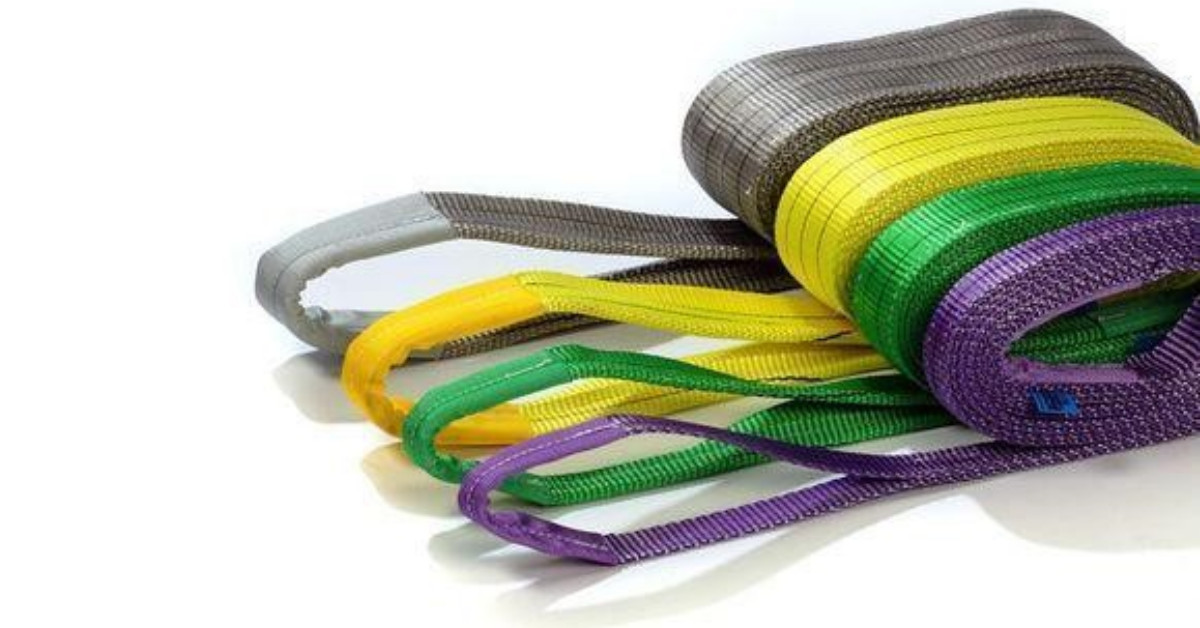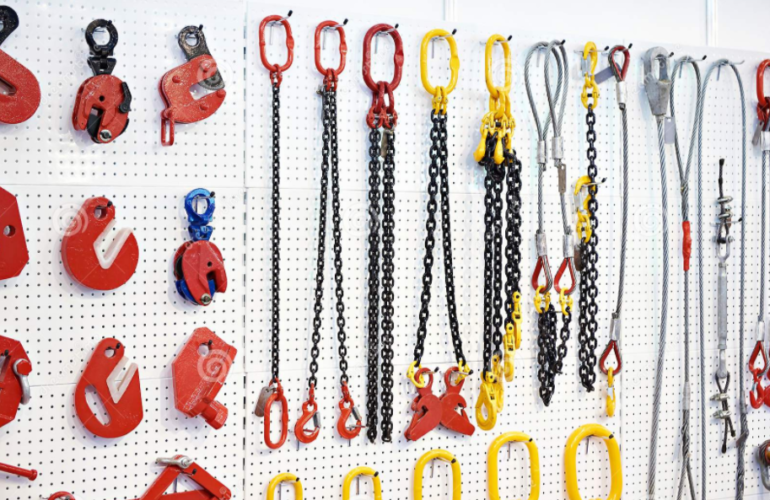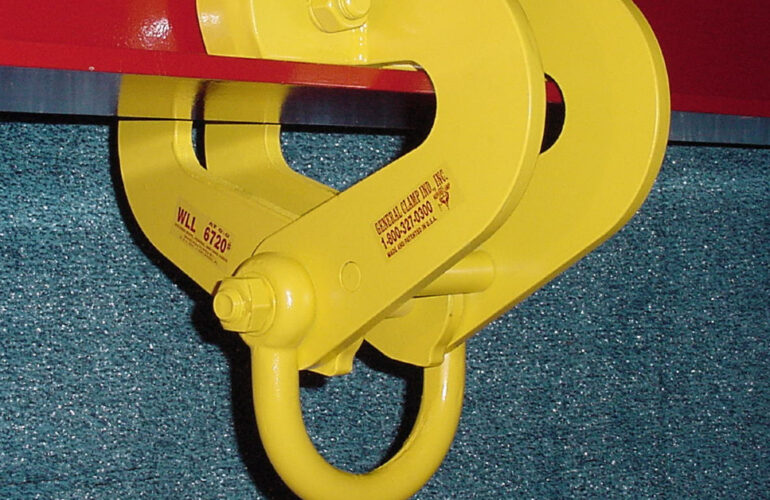Webbing slings are flexible, flat lifting devices made from high-strength woven materials, commonly polyester or nylon. They are used for lifting, hoisting, and securing loads in various industries, including construction, shipping, and manufacturing. These slings are rated based on their Working Load Limit (WLL), a critical factor that determines their safe lifting capacity. At Oilfield Solutions Limited, we ensure the safety of your lifting operations by giving you quality slings with the correct ratings for better lifting results.
Understanding the different aspects of webbing slings, including their types, materials, advantages, safety considerations, applications, maintenance, regulatory standards, and best practices, users can ensure safe and efficient lifting operations while minimizing risks and extending the lifespan of the slings.
Adhering to international standards like EN 1492-1, ASME B30.9, and ISO 4878 ensures that your webbing slings are up to the task. These standards specify construction, testing, and labeling requirements, providing peace of mind that your slings have been rigorously tested for safety and performance. Regular inspection and maintenance, in line with these standards, keep your slings in optimal condition, guaranteeing reliable performance with every use.
Using the correct webbing sling involves more than just knowing the load weight. Factors like the shape and size of the load, the working environment, and the type of hitch all play a role. For example, endless slings are perfect for even load distribution, while flat slings with eye loops provide secure attachments. Choosing a sling with a WLL higher than the actual load weight is crucial, especially in dynamic environments where additional forces might come into play. Selecting the right webbing sling with the appropriate rating and capacity is essential for safe and efficient lifting operations:
Importance of Matching Sling Capacity to the Job:
- Load Weight: Always know the weight of the load to be lifted and choose a sling with a WLL that meets or exceeds this weight. For instance, if lifting a 1,000 kg load, a sling with a minimum WLL of 1,000 kg should be selected, considering the specific hitch type used.
- Load Characteristics: Consider the load’s shape, size, and fragility. A load with sharp edges may require protective sleeves or a sling with higher abrasion resistance. Delicate loads may need slings with non-marring properties to prevent surface damage.
- Environmental Conditions: The working environment can affect the sling’s performance. Polyester slings are suitable for environments exposed to UV light and chemicals, while nylon slings should be avoided in acidic conditions. Temperature extremes can also impact sling material, so choose accordingly.
- Safety Margins: Always incorporate safety margins into lifting plans. It is advisable to select a sling with a WLL significantly higher than the actual load weight to account for dynamic forces, such as sudden movements or impacts, and to ensure a longer service life for the sling.
Most importantly old webbing slings need to be replaced; as even the best slings need regular care once; routine checks shows signs of wear, abrasion, or chemical damage. This comprehensive approach ensures that the chosen sling not only meets the specific demands of the job but also complies with safety standards and best practices.
Oilfield Solutions Limited, helps you prevent catastrophic failures, accidents, loss of lives, and damaging loads. Contact us today to get reliable webbing slings that match the capacity of your lifting operation. Email us at delivery@oilfieldsolutions-ng.com




